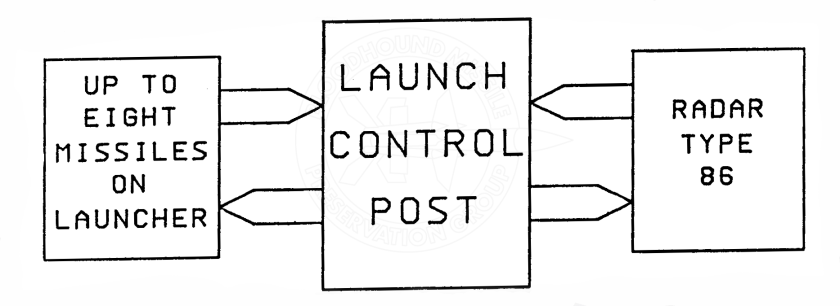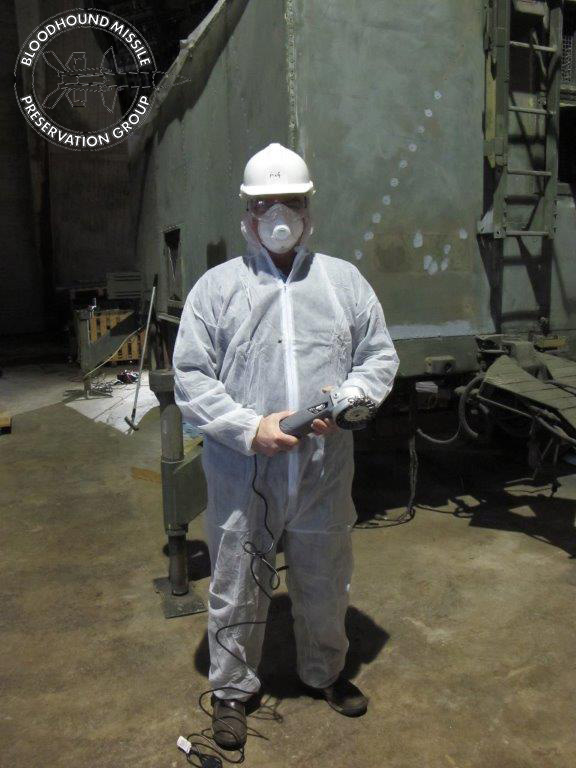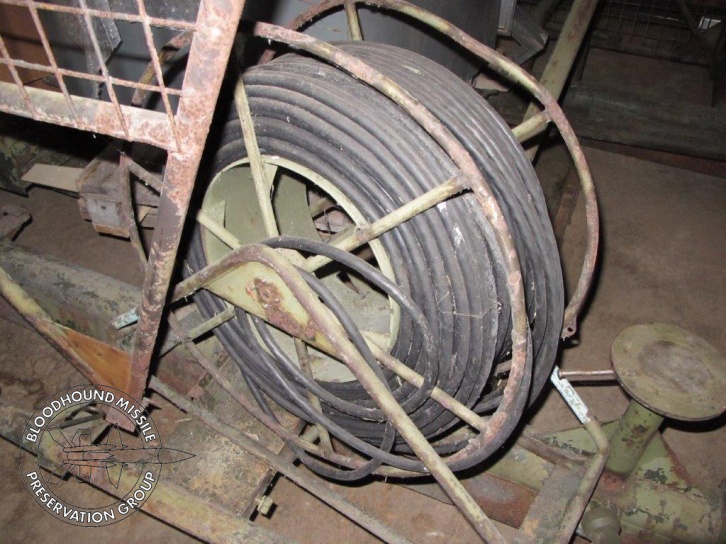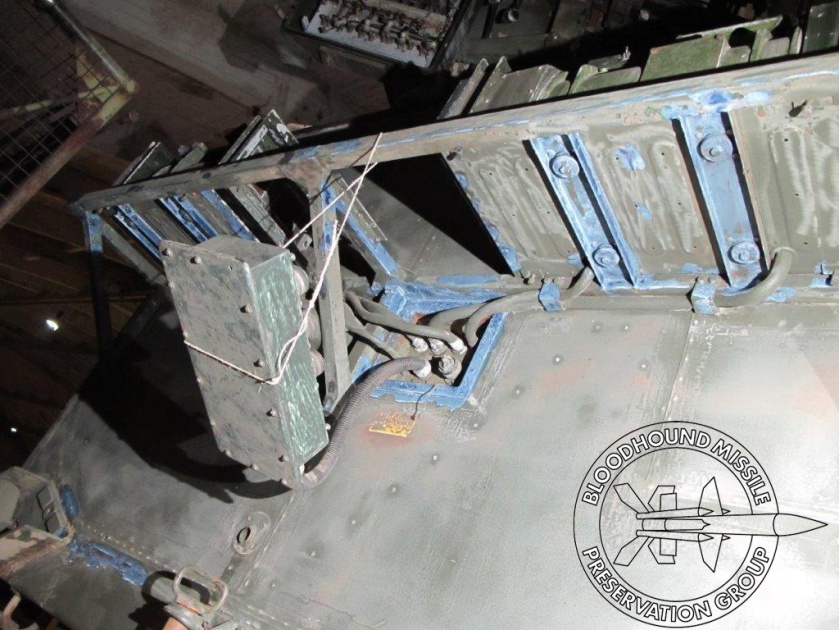A three man restoration crew today and all still agreeing over a cuppa that if we didn’t make the effort then a key part of the UK’s Cold War heritage would disappear! This week the day’s work was entirely on the T86 radar trailer.
T86 Cabin Floor
Almost there with prepping the floor for a repaint, these jobs always take longer that you think! Pete J abraded the alloy floor with a sander to give a finish ready for painting.

But there is still one more job before paint is applied and that is to replace a number of wasted rivets.

Dave also spent most of the day in the rear of the T86 cabin (he drew the short straw) on yet more scraping and prepping of the floor.
T86 LCP/LCP Simulator Switch-Over Box
This is a unit that should be screwed to the floor in the rear cabin, adjacent to the cable inlet. It is not screwed down any longer, it has become a lose item as the floor had rotted away and was hindering Dave’s work in the rear cabin. The unit, shown in the accompanying photo, was unplugged and removed. The photo shows the unit as removed, it has subsequently been cleaned and now looks like new (ish). The change-over box was possibly part of the mod program when the MK2A LCP was introduced in the mid 80’s.

T86 Coolant Chillers
The T86 has three chillers and when the chassis was being cleaned it was noticed that the two chillers on one side were disconnected. As we are in the process of refurbishing the cabin it was an opportunity to remove these and check for corrosion and any other problems. Two accompanying photos show one of the chillers being removed and the ‘holes’ that were left. Dave then set about cleaning, scraping and treating corrosion, which was only minor (the corrosion not Dave’s work).


T86 Pedestal Roof
The pedestal roof is the only part of the T86 cabin that is constructed from thin, mild steel, sheet. After many years in the open water was allowed to collect on the pedestal roof, the steel roof has severe corrosion in a few places. The accompanying photo shows the worst roof section and the corrosion damage.

Obviously this section needs cutting out and replacing but we do not currently have the resources or the kit to carry out such a replacement repair. We would be so grateful if some kind individual or company could help us; is anyone out there able to offer to do the job for us please?
As we are currently focused on getting the cabin prepped for repainting it has been decided that such a job will be put on the list of ‘big jobs to do in the future’. In the meantime a temporary metal plate will cover the affected area to seal and protect from any possible water ingress.
For now it will be a temporary solution of plating over and sealing the corroded through area until such time as we can do a proper job. In fixing a plate to the pedestal roof we also need to ensure that we do not create a water trap. There are sections of the pedestal roof where it overlaps the cabin wall that should also be cut out and replaced, again a job for the future.
…… back again soon!






















